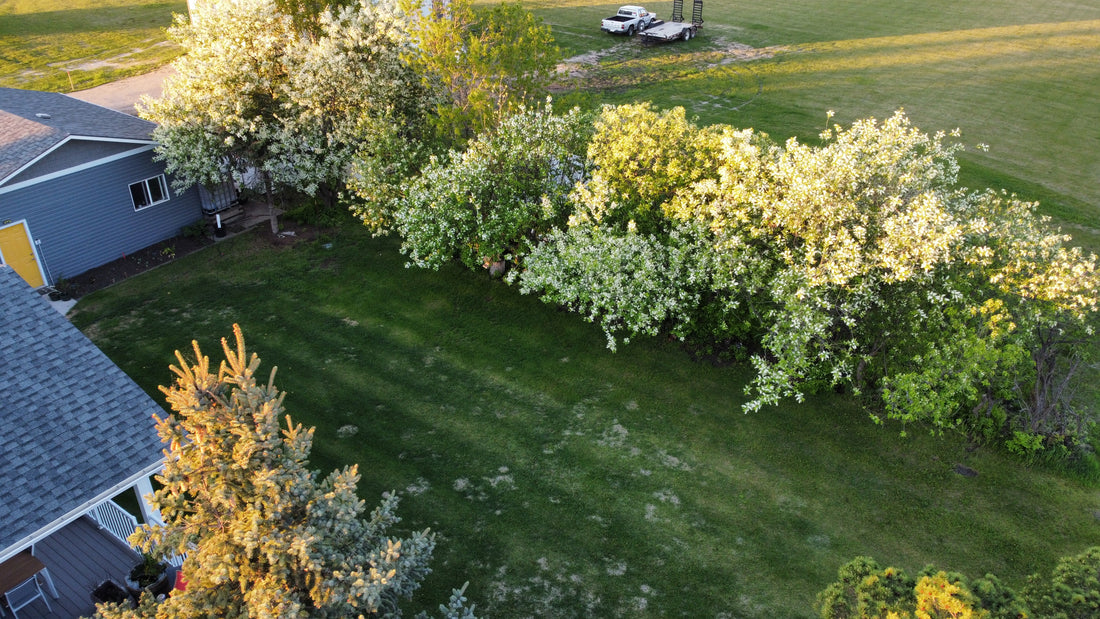Spring is the best time to get your ornamental trees ready for the growing season ahead. Whether you're a seasoned gardener or just starting out, we have a few suggestions for you to consider when trying to prepare your trees for the season.
First, start with any suckers that may start coming off the base of the tree, or from the ground underneath the tree. You can use your pruners or lawnmower to cut them right down to ground level.
Then after your tree is done blooming, begin by pruning any dead or damaged branches from your trees after your tree has finished flowering. This will help encourage healthy growth and give your trees a clean, polished appearance.
Adding a layer of mulch around the base of your trees can help retain moisture and regulate soil temperature, especially during periods of drought and heat. Keep the mulch a few inches away from the trunk of the tree. As long as the mulch isn't touching the trunk of the tree, you can add up to 4" of mulch above ground level. This is a real valuable addition, especially around Grade Prairie where we have lots of wind and a good amount of long hot summer days.
Provide your trees with consistent moisture throughout the growing season, especially during periods of drought. Establishing a watering schedule and sticking to it will help ensure your trees are healthy and hydrated. Try paying notice to the leaves and blossoms on your tree. If you notice your tree turning pale, wilting or shedding its blossoms early, you may need to increase your watering schedule.
A slow-release fertilizer applied in the spring can provide your trees with the necessary nutrients for healthy growth. Choose a fertilizer specifically formulated for ornamental trees and follow the manufacturer's instructions for application. If you have an established tree, tree spikes can work, or you can use a water soluble attached to your hose or straight from a bucket.
Regular inspections for pests and diseases can help keep your trees healthy and prevent problems from becoming more serious. Look for signs of damage or infestation and treat promptly if necessary.
If your tree is young and prone to swaying in the wind, stake it to prevent damage to the trunk and roots. This will help ensure the tree establishes a strong, stable root system. You may not be able to prevent the canopy from growing lopsided in a heavy wind environment, but you can certainly keep the tree trunk straight, which can help a lot for later down the road if you ever are able to block the wind.
In Northern Alberta it's common gardener knowledge that May long weekend is the rule of thumb for last frost. Sure, we've actually seen frost in every month of the year, but typically May long weekend is the last of the white stuff around here. Though if there's an abnormal risk of frost, we strongly suggest trying to protect your trees by covering them with frost protection material, such as frost blankets or sheets, or move container-grown trees to a protected location. This will help prevent damage from late spring frosts. If the tree is too large to wrap but you till want to try to preserve your flowers, you can try misting your tree, blossoms and flowers with a fine water mist before frost. The water can provide protection in a light frost.
Browse our Ornamental trees that are great for the Grande Prairie area HERE:
